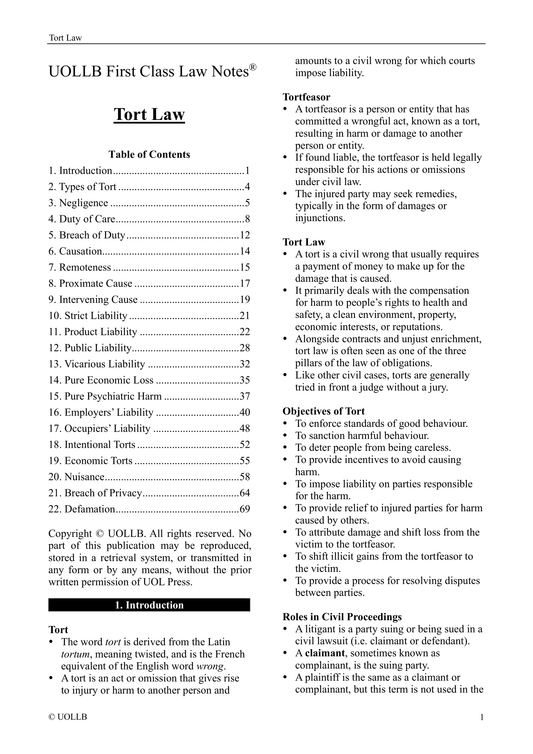European Court of Justice
Share
The European Court of Justice (ECJ), also simply known as the Court of Justice, is one of the two courts of the Court of Justice of the European Union (CJEU), the other being the General Court of the European Union. The ECJ was established in 1952 and is based in Luxembourg. It is the highest court of the European Union (EU) and is responsible for interpreting and enforcing EU law.
The ECJ is composed of one judge from each EU member state, as well as a panel of advocates general who provide non-binding opinions on cases before the court. The court's main function is to ensure that EU law is applied consistently across all member states, and to resolve disputes between EU institutions and member states.
The ECJ has the power to interpret EU law and to issue binding rulings on member states and EU institutions. Its decisions have a significant impact on the EU legal system and can affect areas such as trade, competition, environmental regulation, and human rights. The court also has the power to impose financial penalties on member states that do not comply with its rulings.
In addition to its role in interpreting and enforcing EU law, the ECJ also has a number of other functions. It has the power to provide preliminary rulings on questions of EU law referred to it by national courts, and it also has jurisdiction over certain disputes between EU institutions and their employees.
The ECJ plays a crucial role in upholding the rule of law and ensuring the consistent application of EU law across all member states. Its decisions have a significant impact on the EU legal system and on the lives of people living and doing business within the EU.




























































